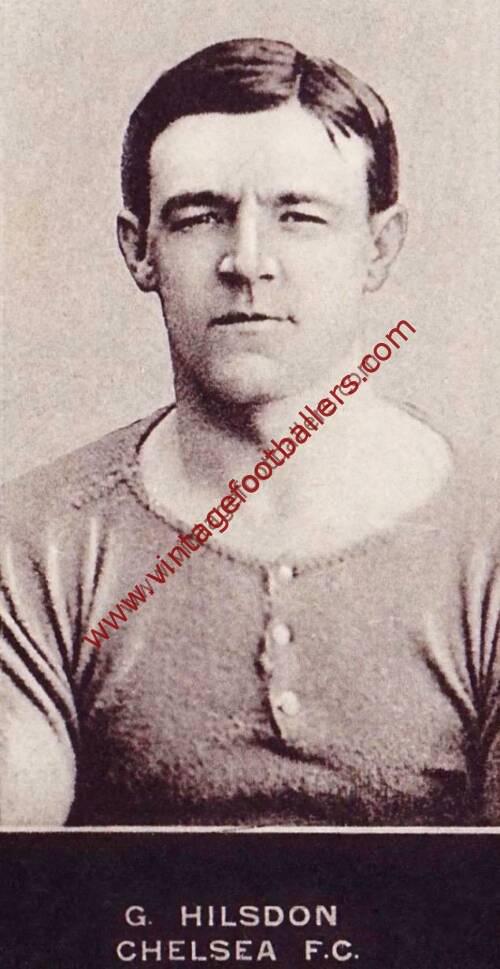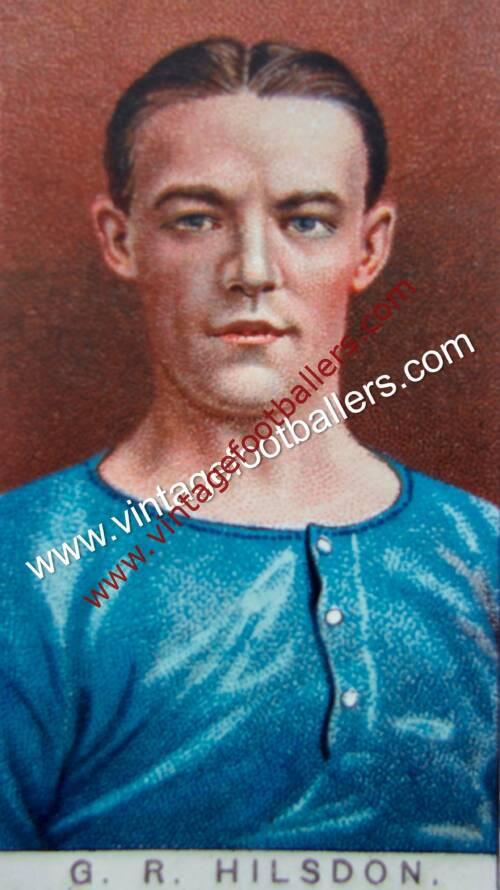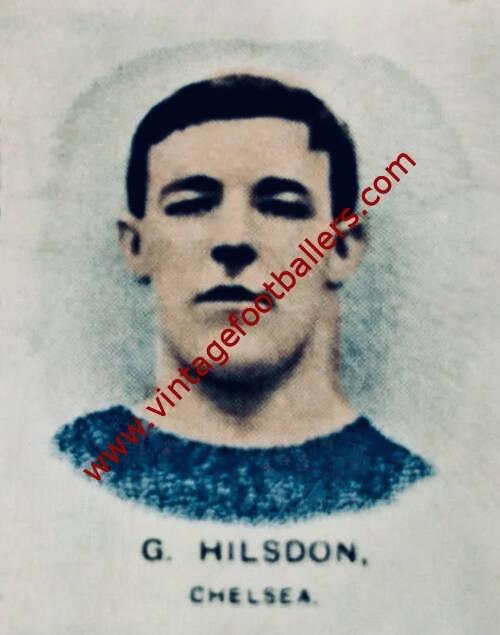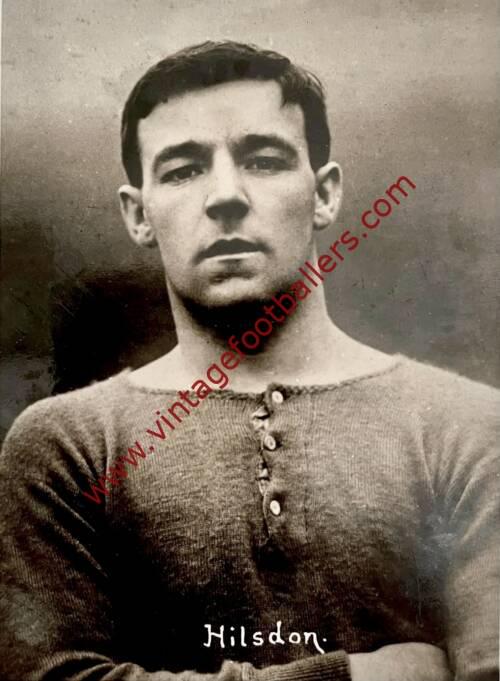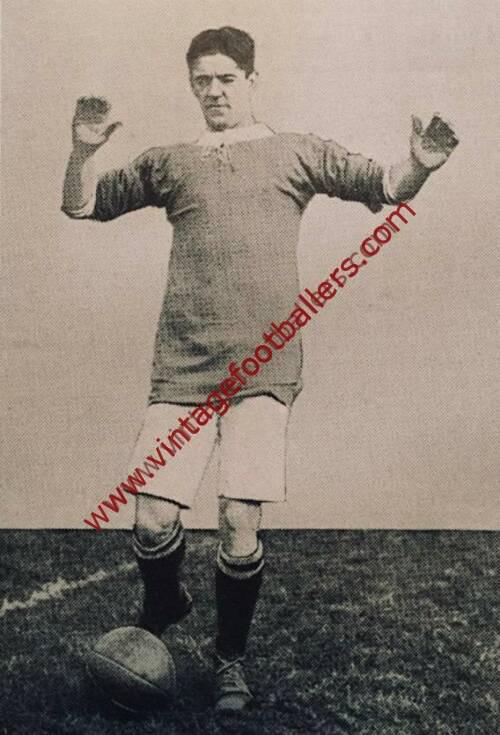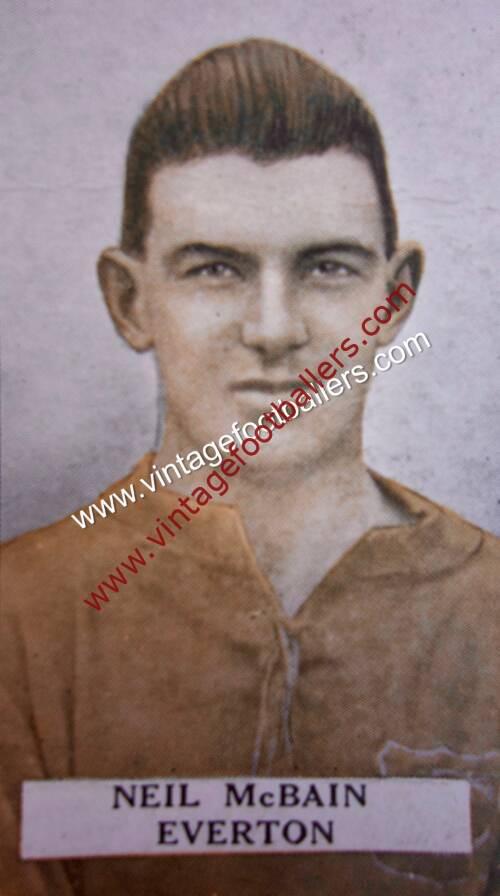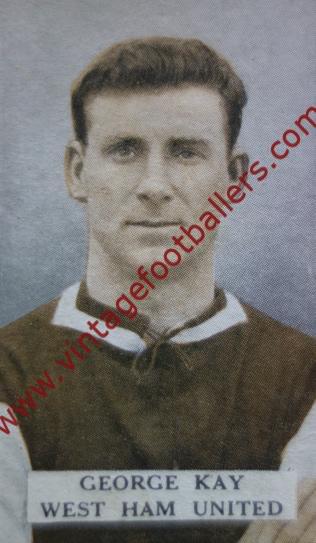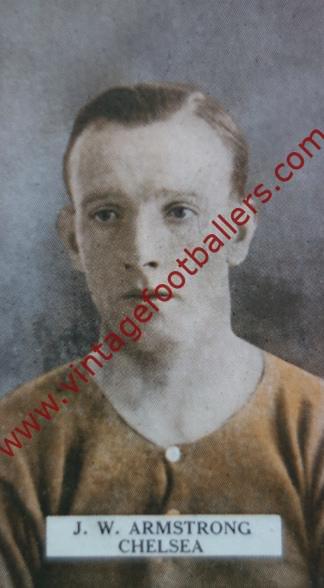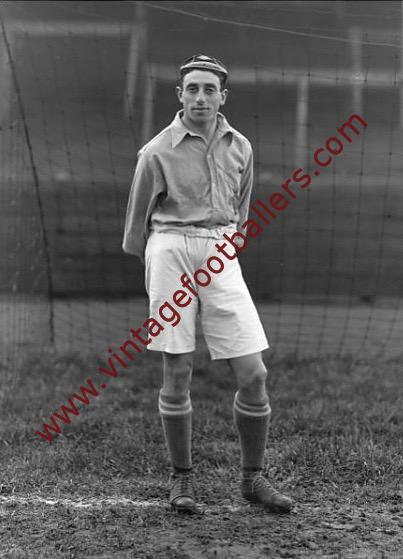Please choose your photo size from the drop down menu below.
If you wish your photo to be framed please select Yes.
Note: 16″x 20″not available in a frame.
Images can also be added to accessories. To order please follow these links
£8.95 – £49.95
Please choose your photo size from the drop down menu below.
If you wish your photo to be framed please select Yes.
Note: 16″x 20″not available in a frame.
Images can also be added to accessories. To order please follow these links
Bromley-on-Bow, London born centre forward George “Gatling Gun” Hilsdon had a remarkable football career, which started in junior football with South West Ham in 1900 and Castle Swifts in 1901 before initially signing for Clapton Orient later the same year. He joined Southern League club Luton Town in 1902 and then Syd King’s West Ham United in November 1904. Hilsdon scored on his debut for the club in a 2-0 win over New Brompton on 11th February 1905 but he struggled to make the breakthrough and scored 7 goals in 18 appearances.
In June 1906 Hilsdon was recommended to then Chelsea manager John Robertson, who had been advised that Hilsdon would be available for transfer; so enthralled was Robertson with Hilsdon’s ability that he promised to turn him into Chelsea’s next centre forward. Hilsdon joined Chelsea later that year on £4 a week wages. He scored five goals on his debut in a 9-2 win over Glossop North End, and would later score six in an FA Cup tie with Worksop Town in January 1908, a club record which remains unequalled. The club programme described him as “living proof that to become a first class footballer it is not necessary to be born north of the Tweed”.
Nicknamed “Gatling Gun” because his shots “were simply unstoppable and… travel like shots from a gun”, Hilsdon scored 27 goals that season, which helped earn Chelsea promotion to the First Division in their second year of professional football as Second Division runners up. The following year in the top flight he managed 24 League goals in addition to his Worksop double hat-trick, including all four goals in a 4-1 win over Bristol City in November 1907 and a hat-trick at Everton in April 1908, with further hat-tricks against Everton and Middlesbrough in 1908-09. Within three years he had acored 76 goals in 99 appearances.
However his later days with Chelsea were hindered by problems with injuries and his personal life, including a battle with alcoholism, though he did score 19 goals in 1910-11, with hat-tricks at Derby County and Leeds City. He became the first Chelsea player to score 100 goals, and ended his time there with 108 from 164 matches. He is currently the club’s 9th highest goalscorer of all time.
He broke into the England team in February 1907 making his international debut against Ireland at Goodison Park, and he scored a remarkable 14 times in only 8 internationals including 4 goals against Hungary in June 1908, failing to score in only two of his games. His 12 goals in 1908 was an England record for a single year to that date. He also played twice for The Football League, in a 6-0 win against The Irish League at Solitude, Belfast in October 1906, and against The Scottish League at Villa Park in February 1908, scoring a penalty in a 2-0 win.
In June 1912 he returned to West Ham United where he added a further 24 goals in 74 matches to total 35 goals in all competitions for The Hammers from 92 matches. Unfortunately the First World War finished his career, he was badly injured by a gas attack at the Battle of Arras while fighting with The East Surrey Regiment in June 1917 and never played senior football again, his damaged lungs merely allowing him to play six matches for non league Chatham Town in 1919, albeit he bagged another 14 goals in those games, after which he retired.
| Weight | N/A |
|---|
